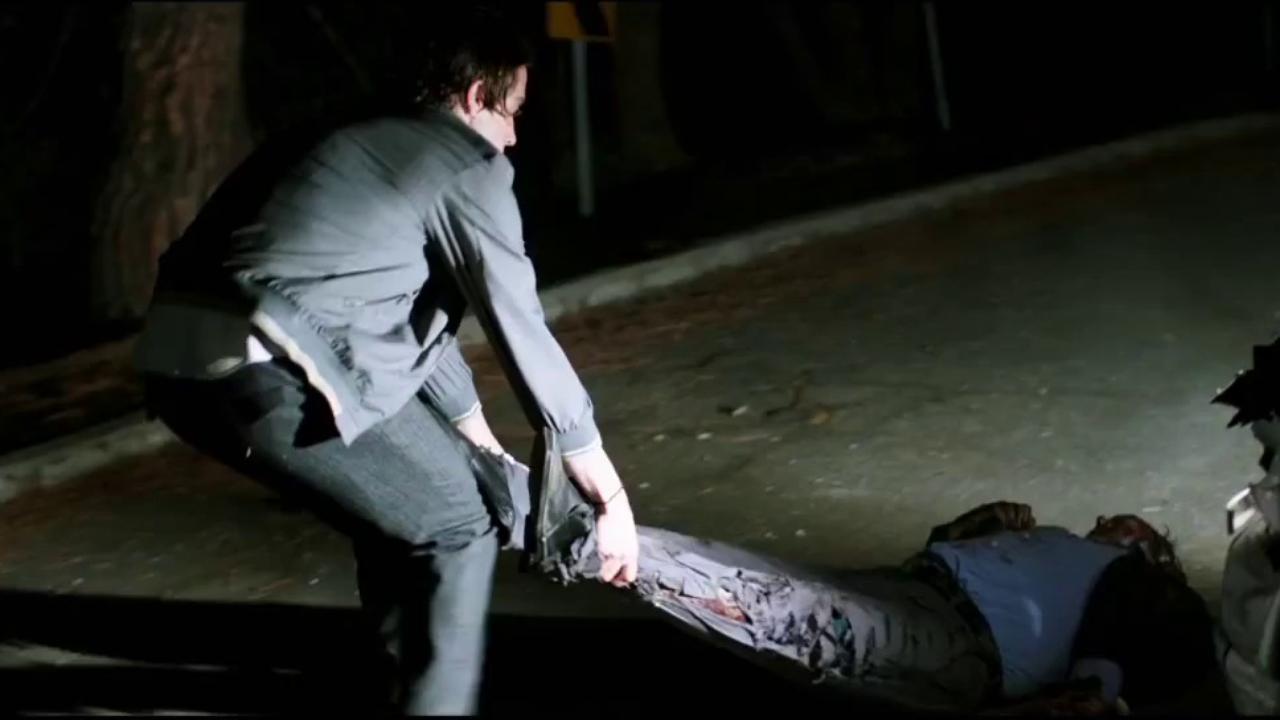
When I was growing up, phrases like “couch potato” in the public discourse were markers of a disenchantment with TV culture and societal awareness of the emptiness of mass media content.
The rise of the internet gave hope of a way out of the homogeneity and banality of mass media. The internet promised to enable anyone to author and distribute unique and diverse perspectives, at scale, for free, in a way that was never before possible.
The internet has largely failed to deliver on this promise, however, because it relies on the same business model as TV.
This 1993 David Foster Wallace analysis digs into the subtlety of the problems of ad supported content and rings just as true today of internet media as it did of TV twenty years ago:
It’s undeniable that television is an example of “low” art, the sort of art that tries too hard to please. Because of the economics of nationally broadcast, advertiser-subsidized entertainment, television’s one goal - never denied by anybody in or around TV since RCA first authorized field tests in 1936 - is to ensure as much watching as possible. TV is the epitome of low art in its desire to appeal to and enjoy the attention of unprecedented numbers of people. But TV is not low because it is vulgar or prurient or stupid. It is often all these things, but this is a logical function of its need to please Audience. And I’m not saying that television is vulgar and dumb because the people who compose Audience are vulgar and dumb. Television is the way it is simply because people tend to be really similar in their vulgar and prurient and stupid interests and wildly different in their refined and moral and intelligent interests. It’s all about syncretic diversity: neither medium nor viewers are responsible for quality.
Although the internet allows anyone to publish their refined and intelligent interests, the distributors of content cannot (in good faith to their shareholders) afford to actually surface this content in a meaningful way, because it’s too niche to sell ads against. The content with a big enough audience to sell bundles of ads against is the same vulgar and stupid content that was being fed to consumers through the TV pipes pre-internet.
What’s particularly insidious about the internet version of this problem is that the read / write functionality of our devices and the way we navigate them feels more deliberate than channel surfing and gives the illusion that we’re more in control of our attention. When we stare at our phones while standing in line or sitting at the cafe, it feels like we’re turning previously wasted time into newfound productivity.
We use the same screens for work and vegging out, so we have lost that obvious feedback / feeling of knowingly wasting time when sitting in front of the TV. We may open our phone initially to check our calendar, but all the apps and feeds and red badges and push notifications that are also on there are exactly designed like casinos, flashing to grab our attention, with great success. Many times I made the decision to stop browsing Instagram or Facebook on my phone, and would somehow find myself scrolling these feeds having made no conscious decision to open them – habit and excellent design just kept sucking me back in for easy dopamine hits.
I’m not saying these things are unequivocally bad for us, just as I would not categorically claim that all content delivered via TV is bad – a lot of internet services allow us to connect and share with people who might not otherwise be part of our lives. But I do think it is a problem is that we as a culture haven’t yet evolved our discourse about and understanding of how we spend / waste time on the internet to the level of having a “couch potato” phrase for mindlessly scrolling on our phones.
A perhaps scarier and more dangerous upshot of advertising subsidized content is the implications it holds for content that purports to inform us. The same incentives driving the proliferation of vulgar and dumb entertainment hold for advertising subsidized journalism.
It is difficult to imagine a world in which the current U.S. federal election circus could result from campaign coverage that does not pander to advertising dollars and Audience eyeballs, in a world where journalism could prioritize debate and candidate efficacy over inflammatory and ridiculous personalities. The business of journalism forces us to call into question even the veracity and intentions of seemingly intelligent and well-intentioned sources (eg, John Stewart) when their critiques have as much to benefit from the circus as anyone’s.
The silver lining of the current election cycle is that it may wake us up to the fact the federal government has been, like the British monarchy, reduced in its primary importance to fodder for ad supported journalism, now indistinguishable from grocery store checkout tabloids.
A potential way out of this structural problem is charging for content, but the solution cannot be as simple as this. Consider election coverage, for example – certainly every citizen deserves access to good information about politics, and you wouldn’t want to deny access to this information to people of lower incomes. For this sort of ‘public good’ information, pricing might need to be progressive, or perhaps patronage supported. Universal basic information, perhaps..
And simply charging for content does not necessarily result in a system that tends to produce higher quality art. Film is ‘premium’ content, but pricing is flat, so it still devolves to a pure number of eyeballs maximization game, and you end up with Fast and Furious 25 and lots of super hero movies.
Despite these complexities, I’m still optimistic about premium and patronage models for supporting content vs ads.